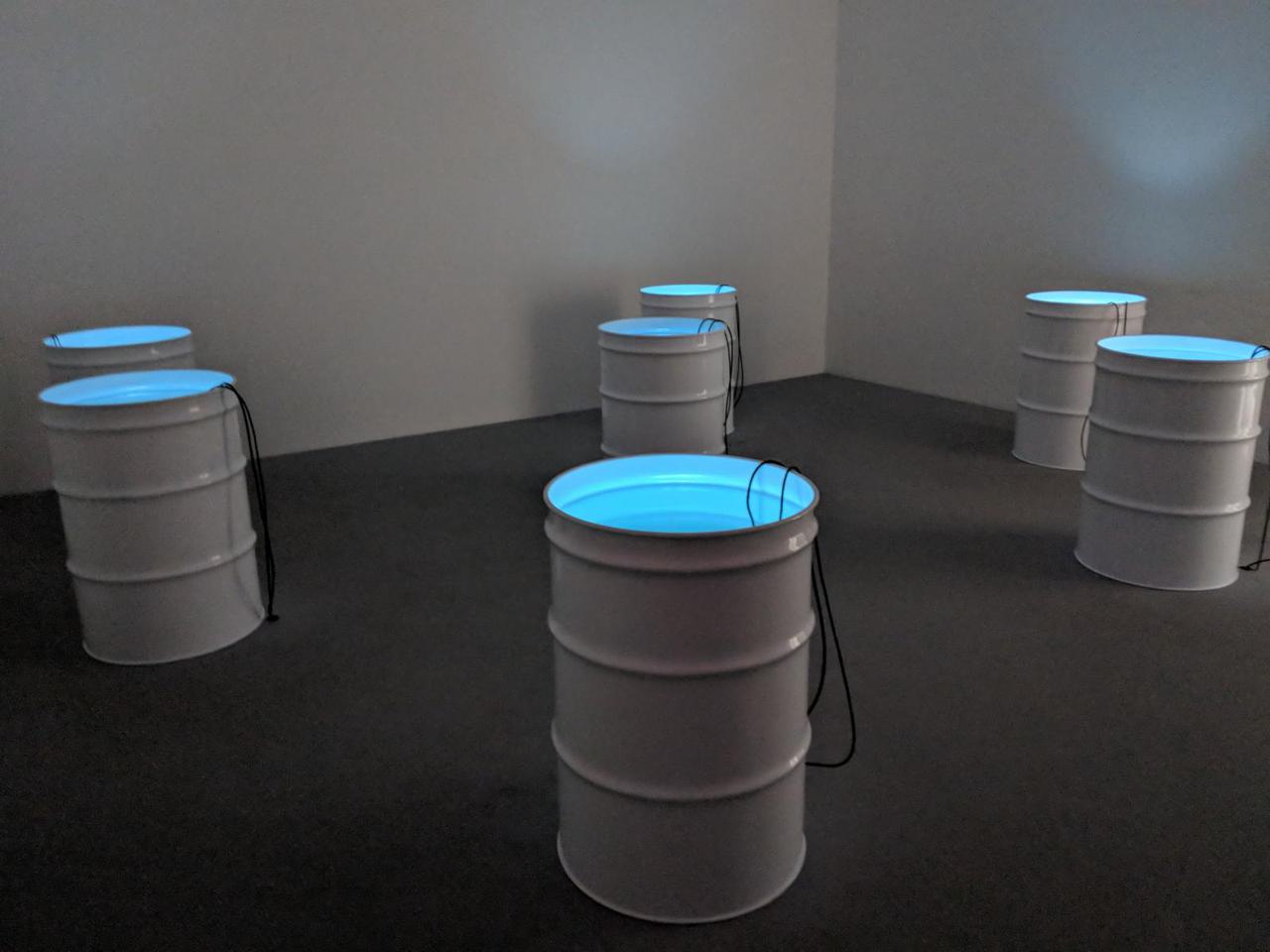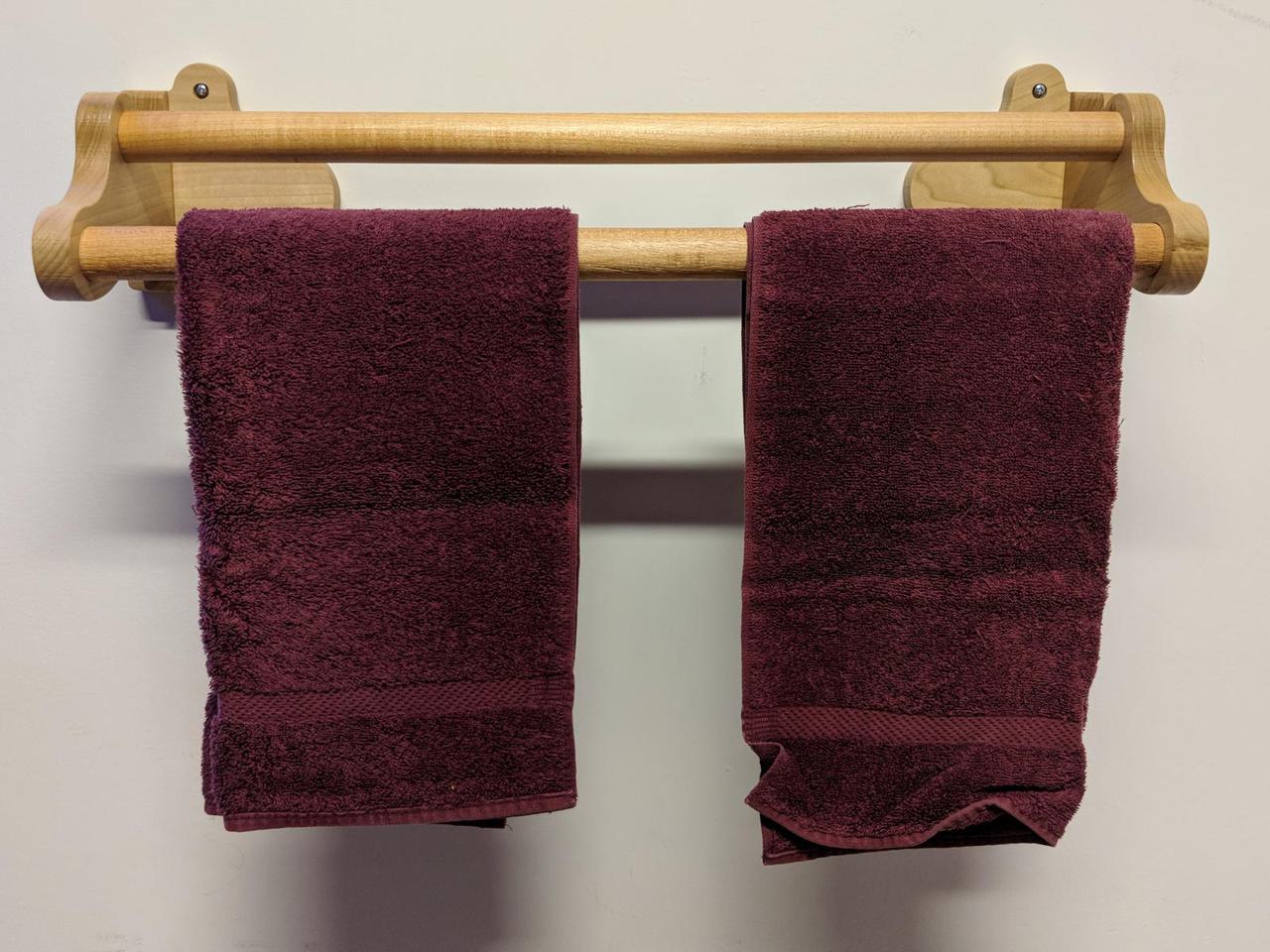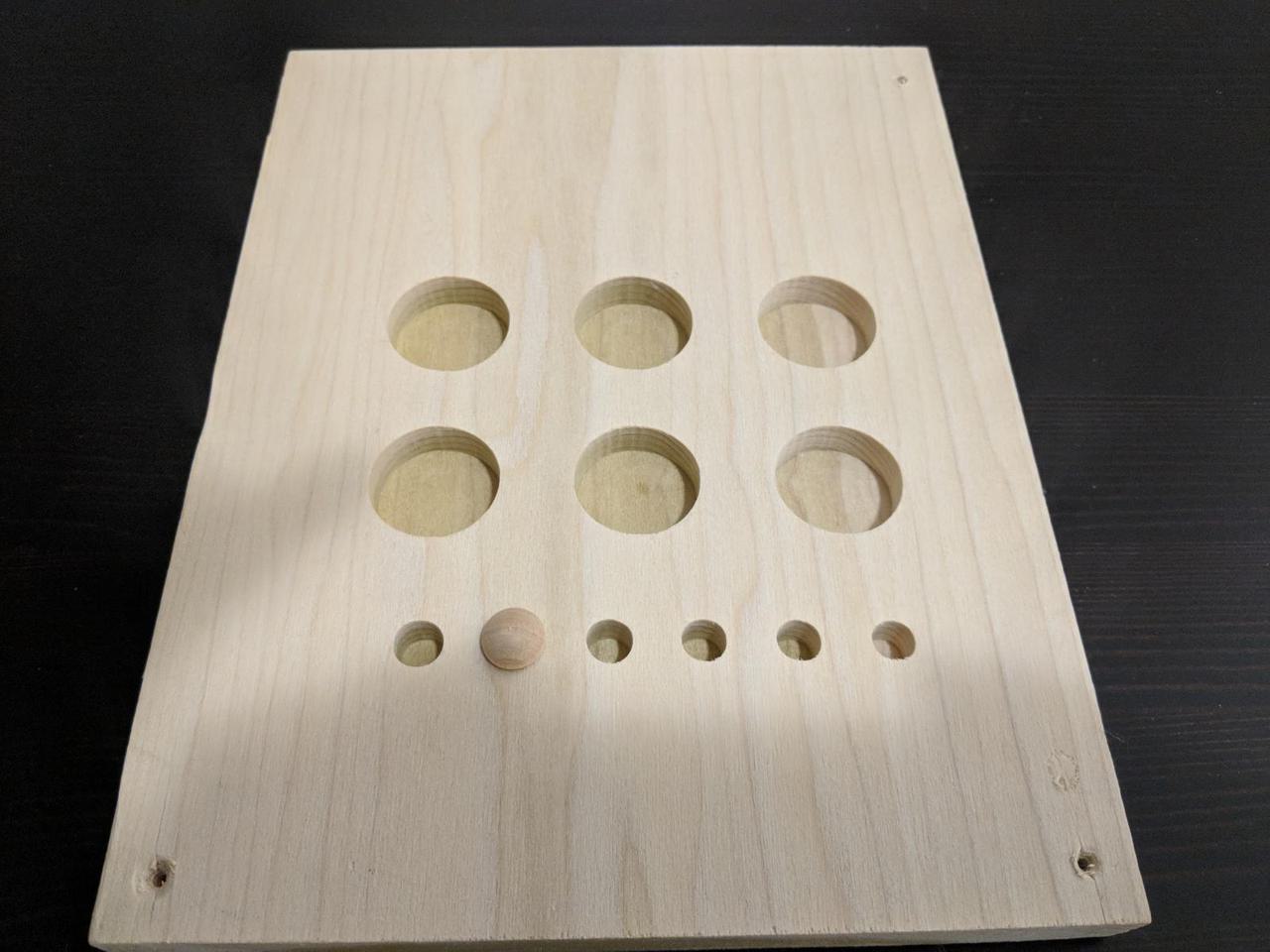Milestone #2: Data Assembly¶
I'm comfortable saying I've completed this milestone. I've finished all the major features and have a nice interface for interacting with the downloaded data.
There are a few minor issues but none require a lot of time or brainpower to implement. Mostly nice-to-have enhancements like better error checking in my code that I feel compelled to do but aren't critical right now. I'll complete them as time allows.
The important thing is that I can now begin downloading the data I need without fear that I will need to download everything a second time later.
I made an interactive tool in matplotlib to visualize a spatial map of the locations I've downloaded data for. It looks like this:
Read more…



